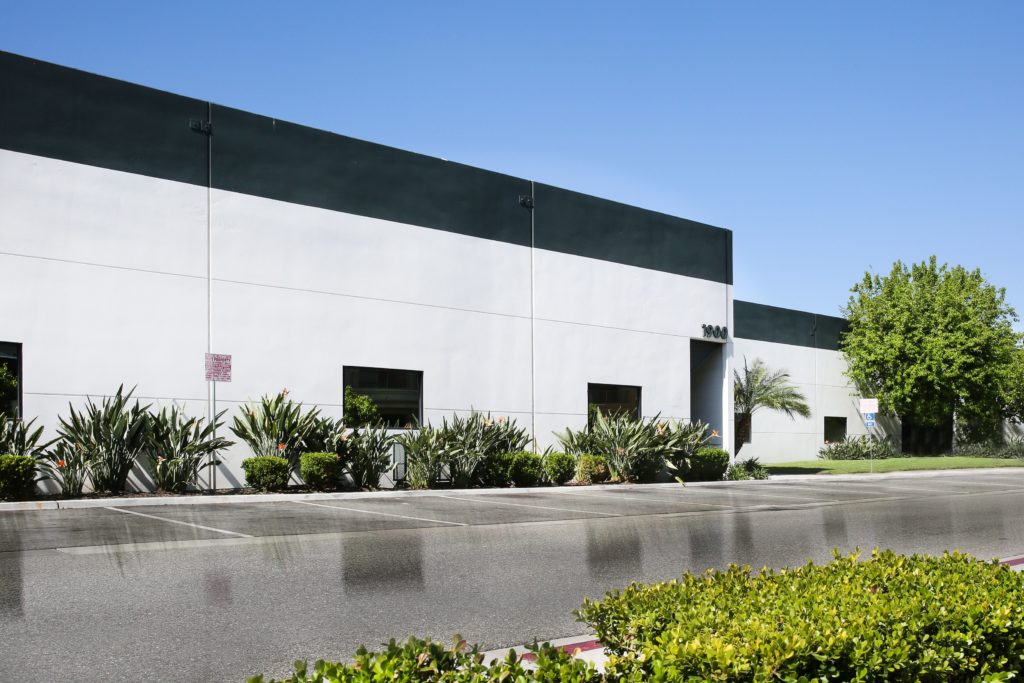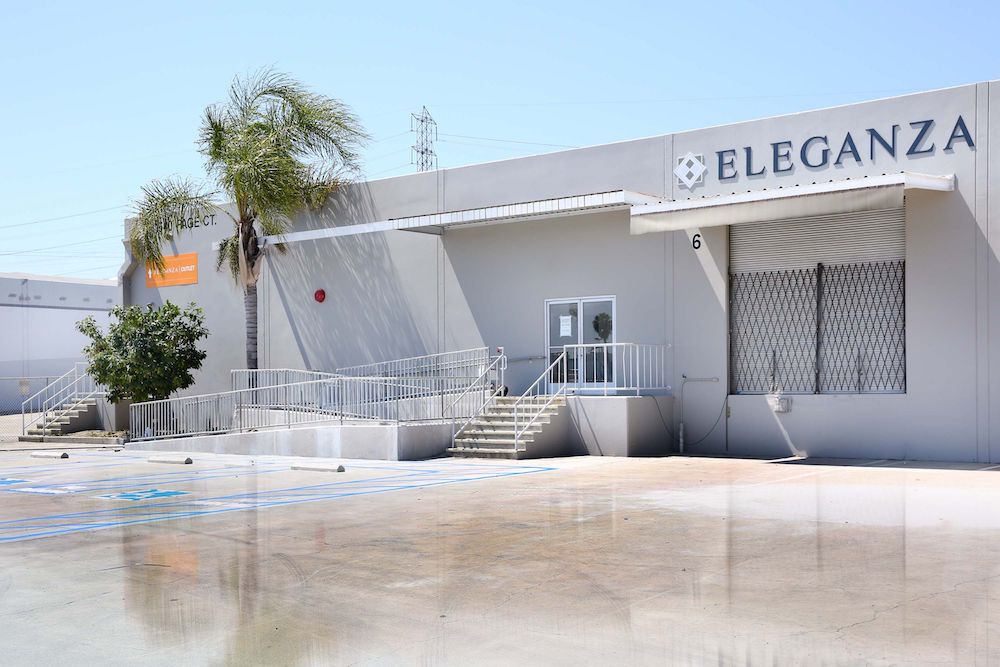The general economy, despite the challenges of the past year, is back in growth mode and businesses throughout Southern California are feeling the wind at their backs again.
This is great news for everyone. The unemployment rate dropped to 6.8% in February of this year, down 60 basis points in a single month. Workers throughout the region are getting back on the job, including those in the restaurant and hospitality sectors that were hardest hit by the pandemic lockdowns. Virus case counts are down, three vaccines are in wide circulation and safety protocols are easing. We can actually sit down for a meal at our favorite restaurants again.
Things definitely appear to be heading in the right direction and we should all be grateful for being able to see the light at the end of the proverbial tunnel. However, the spike in business activity has shed new light on a problem that persisted even before the pandemic: short supply of quality industrial space. Looking back on the last four quarters of market activity, it is hard to find any evidence that the pandemic had an effect on market metrics. Other than a slight stumble back in Q2, absorption has been up, vacancy has been falling, pricing for both sale and lease product has risen to new record highs and the sometimes-desperate search for the right building goes on.

Barring major changes to the tax code, a topic we have written extensively on (click here to read the series), we believe that things are going to continue moving in the same direction for the foreseeable future. The increase in business activity will make things even more difficult for business owners throughout Southern California to find well-located, quality space from which to operate their businesses. Most have wisely abandoned the notion that the pandemic would soften the market enough to shift the balance of power their way, as landlords are demanding even more in terms of price and creditworthiness from prospective tenants. Likewise, sellers continue to take advantage of excess demand by creating competitive bidding for their properties. It’s more common than not to see final pricing well above the asking price for owner-user buildings, and investor/buyers are still willing to accept a cap rate of 5% or even lower.
So, what does this mean to you if your company needs a building to lease or you want to buy one for yourself?
First off, be prepared to act at lightning speed. If you are looking to lease, have complete financial documentation in hand and make sure your current facility is ship-shape, as many landlords will want to see your existing operation before they accept you as a tenant. In essence, you will be interviewing for the chance to occupy your next building and anything you can do to present you and your company in the best light will improve your competitive position.

Second, accept the fact that your occupancy costs are going to rise, and be prepared to sign personal guarantees and pay more than a traditional security deposit to get the attention of the landlord. If possible, offer to take space as is and be willing to make alterations and improvements yourself. The less complex your negotiations are, the better chance you will have to secure the best building for your business. We’ve seen too many tenants push hard for landlord concessions and end up back in the hunt for another building. If you find the right building, do what it takes to secure it, as your other options may be even more problematic.
If you are a prospective buyer, it’s just as important to be ready to strike when you find what you are looking for. If you will be financing the acquisition, get pre-qualified before your search begins in earnest. That doesn’t mean talking to your banker who tells you over the phone that they will loan you whatever you need. We mean making a formal application with all supporting documentation so the lender can make a written commitment for the loan at specific terms and conditions.
If you are going through the SBA as your funding source, it requires two loans, a 1st made by a conventional lender and 2nd through a CDC for the SBA portion. Every borrower is different so it is important to pick the lender for the 1st carefully, as each has its own underwriting criteria. Some borrowers go to the CDC first and let them choose the 1st trust deed lender that they believe fits the borrower’s unique circumstances

Be prepared to show proof of funds for your down payment and your written loan commitment to the prospective seller when you present your offer. Also, assure the seller that the zoning of the property is appropriate for your use and there are no other impediments or contingencies to your being able to complete the sale. Surprises may be good for birthdays and anniversaries, but they are rarely so when it comes to real estate deals. Offer a short due diligence period and a quick close after standard contingencies are waived. Be willing to extend the escrow if the seller needs extra time to find a suitable exchange property.
If you don’t present the foregoing with your initial offer, understand that others will be and your offer is not likely to get the attention of the seller, even if you offer a higher price. Sellers are looking for the buyer who will pay the most and agree to a clean and clear path to closing.
Constraints on supply have tipped the balance of power in real estate negotiations. Tenants and buyers who accept that as fact are the ones who end up with the best possible outcome. Those who don’t are in for a long and difficult search process and they may end up paying even more to get less down the road.


Leave a Reply
You must be logged in to post a comment.